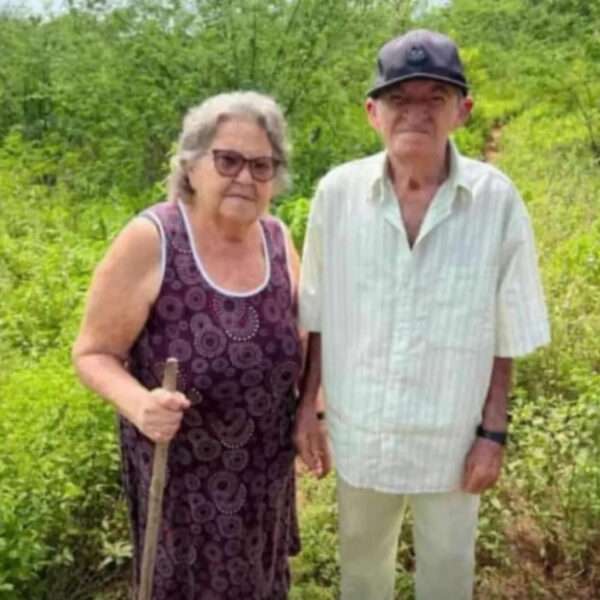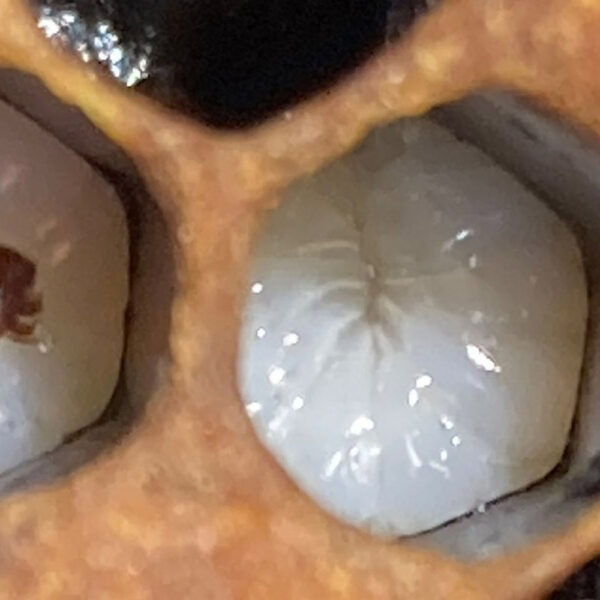An experienced beekeeper has warned that disease checks might not be carried out on the cylindric hives created by two young German entrepreneurs.
Philip Potthast and Fabian Wischmann have caused a stir by presenting their innovative cylindrical-shaped hives shortly after establishing their small company, Hiive, in Teltow near Berlin, in 2021.
Philip and Fabian – who were reportedly inspired by the shape of tree trunks – are convinced their creation has the potential to revolutionise apiculture.
NewsX has asked Jennifer Yanko, who is a beekeeper and queen-rearing expert at Central Honey in Ashhurst, New Zealand, for her estimation.
Jennifer said: “Here in New Zealand, this hive will not be legal. We are required by law to have readily removable frames for the purpose of disease inspections.”
Jennifer suggested that this aspect might be “the biggest downfall of this design.”
Referring to the dangerous infectious brood diseases American foulbrood (AFB) and European foulbrood (EFB), she explained: “The inspection holes are not an effective way of inspecting brood for AFB or EFB, or other ailments.”

Jennifer warned: “It will also be incredibly difficult for other maintenance such as swarm cell removal, re-queening, strip-type varroa treatments or splitting.”
But the apiarist from New Zealand also praised the German entrepreneurs’ innovative approach. She told NewsX: “For the purposes of encouraging wild Apis mellifera in their native range, this will be a great option.”
Philip and Fabian – who are offering their cylindric hives for EUR 490 (GBP 430) – also made headlines by criticising current developments in beekeeping. Furthermore, they claimed that there was “no need to harvest honey if you don’t want to.”
Speaking to the Berliner Zeitung about the history of beekeeping, Philip stressed that the honeybee of the 21st century was “basically the same animal as 30 million years ago, except for being weakened by breeding.”
The Hiive co-founder – whose hives have clay and wood as cladding materials – called this development “a mistake.”
On their website, Philip and his business partner say: “Honey is the food stock of bees. If you take it, you should always be mindful and not ‘steal’ too much of it. If you don’t want to take any honey at all out of your HIIVE – that’s totally fine and even better for bees.”
Asked by NewsX to share her point of view on this potentially controversial stance, Jennifer said: “For many hobbyist beekeepers, a beehive will produce more honey than one person and their immediate family will ever need.
“Being able to leave honey in a hive will be a great option, and it will be interesting to see how effective it is in cooler climates.”
She explained: “Where I’m from, in a standard Langstroth hive often if too many boxes are left on, even with honey, the bees will only ball around the brood nest or the queen to keep warm in harsh winters.
“This often leaves the unattended comb open for wax moths and mice to make themselves at home. The combs and the honey are then destroyed.”
Jennifer concluded: “Philip may be correct in saying our 21st-century honeybees are weaker than their ancestors, so maybe this project can aid in supporting our little pockets of sub-species that still exist.”











